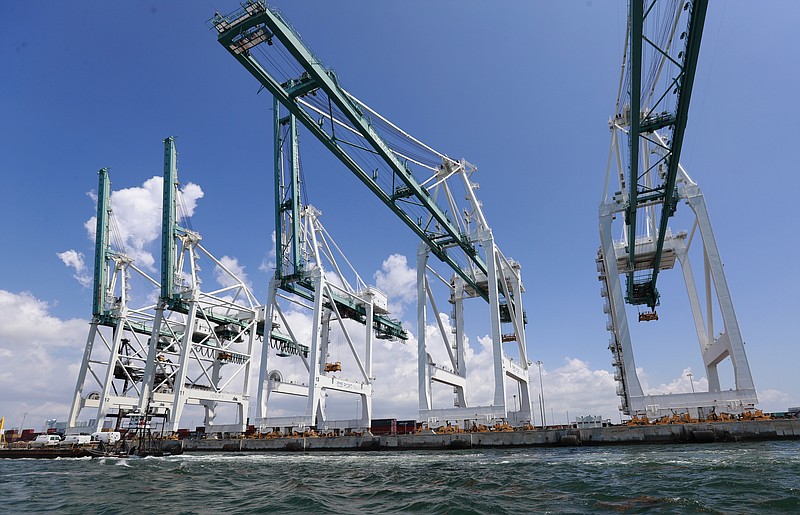U.S. productivity rose at a healthy pace in the second quarter but dropped at American factories, another sign of trouble for manufacturers.
The Labor Department said Thursday that overall productivity - output per hour worked - rose at a seasonally adjusted annual pace of 2.3% in the April-June period after rising 3.5% from January through March. The second-quarter figure was unchanged from an initial estimate last month.
But manufacturing productivity fell 2.2% in the second quarter, the worst performance since a 4% drop in the third quarter of 2017.
Mortgage rates fall to lowest point in 3 years
U.S. long-term mortgage rates fell this week, with the average on the key 30-year loan reaching its lowest point in nearly three years.
Mortgage buyer Freddie Mac said Thursday that the rate on the 30-year mortgage declined to 3.49% from 3.58% last week. The average rate hasn't been that low since October 2016. A year ago, it stood at 4.54%.
The average rate for 15-year, fixed-rate home loans slipped to 3% from 3.06% last week.
Mortgage rates have fallen sharply as a slowing global economy and tensions from the trade war between the US and China have caused interest rates on government bonds to tumble. The yields on government bonds influence long-term mortgage rates.
US forming new companies at slower pace
Despite a decade-plus of economic growth, Americans have slowed the pace at which they're forming new companies.
The longest expansion on record, which began in mid-2009, has failed to restore entrepreneurship to its pre-recession levels, according to a Census Bureau report based on tax filings.
Between 2007 and the first half of 2019, applications to form businesses that would likely hire workers fell 16%. Though that pace improved somewhat after 2012, it dipped again this year despite President Donald Trump's assertion that his tax cuts and deregulatory drive would benefit smaller companies and their workers.
The economy now includes 116,459 fewer construction companies than it did in 2007, a roughly 15% decline, according to the Census Bureau. There are 54,045 fewer retailers that employ fewer than 20 people, a consequence in part of a shift to online shopping and the rise of national chain stores. More than 26,000 small manufacturers have shuttered.
